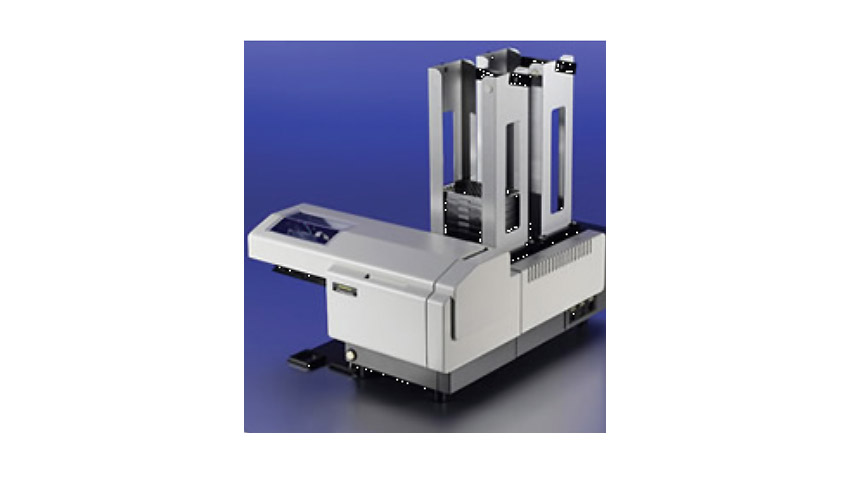There’s a need for flexible solutions in the manufacturing industry that can accommodate varying, tight tolerance requirements. It’s critical to consistently deliver the desired dimensions, weight, density, strength, and hardness characteristics that each client or market segment demands.
Production companies look into different processes that offer the design flexibility they need to keep their customer satisfaction rates high. Two of the popular methods in producing plastic components are injection molding and reaction injection molding.
RIM Manufacturing explains the difference between the two processes and how they help you meet client demands and requirements.
Injection Molding Process
In this method, plastic resin pellets are melted, at high temperatures, into a viscous homogenous, injectable liquid. The resulting molten liquid is then fed through the injection molding machine, at very high pressure, forcing the liquid to fill hardened steel mold cavities.
Once the mold is filled, the resin is cooled by a water cooling system. The resin becomes solid again, is now in the desired shape, and is ejected from the mold.
Reaction Injection Molding Process
Reaction injection molding (RIM) is similar to plastic injection molding, but with a few key and critical differences. RIM uses polyurethane liquids instead of plastic pellets. A liquid resin and a liquid catalyst are injected at low temperature and low pressure through a RIM dispensing machine and a mix-head, which is mounted onto a machined aluminum mold. The use of liquid polymers allows for unique and creative design features. Because the liquid is non-viscous flows like water into the mold, the RIM process is capable of producing small plastic parts to very large plastic parts. As the liquid enters the mold, an exothermic reaction occurs significantly increasing the temperature of the liquid. A chemical reaction occurs and the liquid then quickly becomes hardened plastic. Water lines within the mold accelerate the reaction and then are used to quickly cool the parts so it can be easily removed from the mold by hand.
Advantages of Reaction Injection Molding
The differences between the two manufacturing processes may seem inconsequential, but these give RIM many advantages. Below are some benefits of using reaction injection molding:
- Design Flexibility
The RIM process allows adherence to tight tolerances, similar to injection molding. However, the low viscosity of the RIM polyurethane systems allows for unique creative and design features not easily afforded by injection molding. The RIM process utilizes low pressure and low temperature, which allows the variance of wall thickness through a part, and allows larger parts to be molded without visible flow lines. Additionally, the RIM process allows over-molding of substrates materials like metal and aluminum which can be incorporated into parts to provide hinge or other types of connection. In other words, the RIM process provides the opportunity to combine several parts into one part. Furthermore, circuit boards and other types of temperature and pressure sensitive material can be over-molded because of RIM’s low temperature and low pressure processing.
- Weight and Durability
Large lightweight plastic parts are much easier to produce using the RIM process because it combines low-viscosity materials with lower processing temperatures and lower processing pressures. Even though parts produced may be light-weight, they are highly durable.
Automotive, aerospace, and medical device manufacturers often use reaction injection molding to produce large, durable, and lightweight parts.
- Lower Tooling Costs
RIM molds are manufactured from aluminum as compared to injection molding, which requires hardened steel molds. Therefore, the capital requirements are significantly less for RIM than injection molding. And, unlike injection molding, there is little to no ongoing expenditure requirements for mold maintenance.
The low viscosity of RIM polyurethane systems used to produce parts, as well as the low temperature and processing pressures mitigate the wear on an aluminum mold. Whereas injection molding requires hardened steel molds because of the wear associated with using highly viscous materials at high temperatures and processing pressures.
Trusted Reaction Injection Molding Manufacturer
RIM Manufacturing is one of the largest independently owned plants in the country, specializing in custom Reaction Injection Molding. ISO 9001:2015 and 13485:2016-certified, we are recognized industry experts who help our clients optimize the RIM processes for the benefit of their product design and utilization.
Get in touch with us today to learn more about Reaction Injection Molding.

